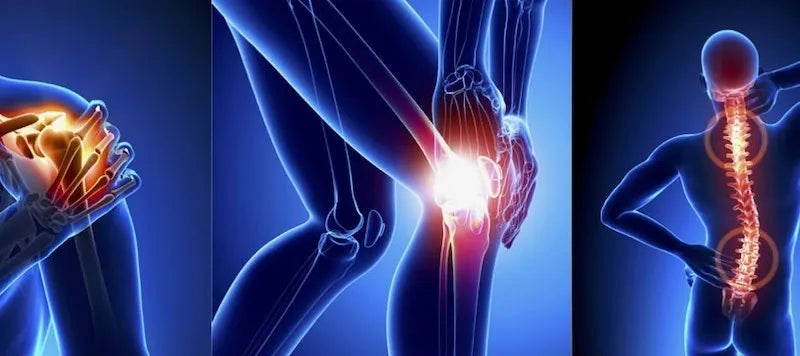The structure of joints
Before we address how aging affects joints, it’s important to understand the basic structure of joints. Cartilage cushions the ends of the bones, allowing them to move smoothly and easily against each other. A membrane called the synovium surrounds the joints and is filled with synovial fluid – a thick substance that helps keep your cartilage healthy.
The health of each of these things – bones, cartilage, and synovial fluid – all contribute to healthy joints.
Age related changes in bone
Bone health is fundamental to maintaining healthy joints. Throughout your life, your body is continually engaging in a process called remodelling, during which old bone is removed and replaced with new, fresh bone. Up until about the age of 40, all bone is replaced. After age 40, however, less bone is replaced over time
One of the best ways to promote healthy bones is to make sure you’re getting adequate calcium in your diet. Calcium is the main mineral found in bones, and it is the most important mineral for bone health. Because old bone cells are constantly being broken down and replaced with new ones, it’s important to consume calcium daily to maintain bone structure and strength.
Calcium
Taking a calcium supplement is one of the easiest ways to get your daily dose of calcium in a form that your body can easily absorb, and may be necessary if you avoid dairy products.
Age related changes in cartilage
Cartilage is your body’s natural shock absorber.
As you age, your joints can occasionally become stiff and impact flexibility because the amount of lubricating fluid inside your joints decreases, and your cartilage can become thin. This decreased cartilage can cause stiffness, especially after sitting or lying down for long periods of time.
Without cartilage, the bones wouldn’t have anything protecting them and may start to rub together, causing discomfort or stiffness.
How to support your joint health
With bone mass and cartilage starting to decrease as you age, it may seem like maintaining healthy joints can be a losing battle. Thankfully, however, there are many ways that you can help promote healthy joints within your daily routine and continue the activities you love.
1. Strengthen your muscles
Strength training is great for building muscle, but did you know that it can also promote healthy joints?
Think of your joints like a young tree or sapling: just like a sapling needs strings or stakes to help it grow strong and straight, joints need muscles and ligaments around them for strength and stability.
Strengthening the muscles stabilizes the joints and helps to take the pressure off weaker, worn-out joints. Be sure to talk to your healthcare practitioner before introducing new exercises to your routine
2. Eat a balanced diet
What you eat affects every aspect of your health – including your joints. Eating foods rich in omega-3 fatty acids, such as walnuts, flaxseed, salmon, or other fatty fish, can help regulate the production of signalling molecules that can affect your joints
3. Ingredients commonly found in joint supplements
Exercise and a balanced diet are crucial, but taking a supplement can also help support your joint health especially where there may be nutrient gaps in your diet.
The bottom line
Your joint mobility and flexibility may be impacted as part of the normal aging process, but by taking the right steps, you can continue to do what you love. Exercising, eating a balanced diet, and taking supplements for joint health can help keep you moving with ease. And besides, age is just a number, right?

